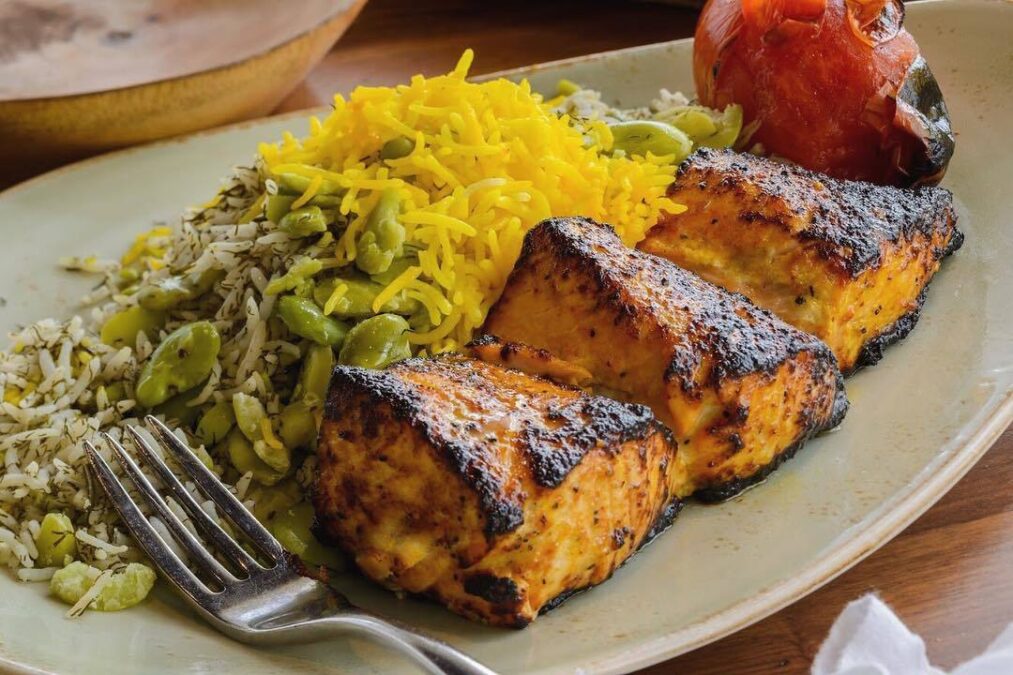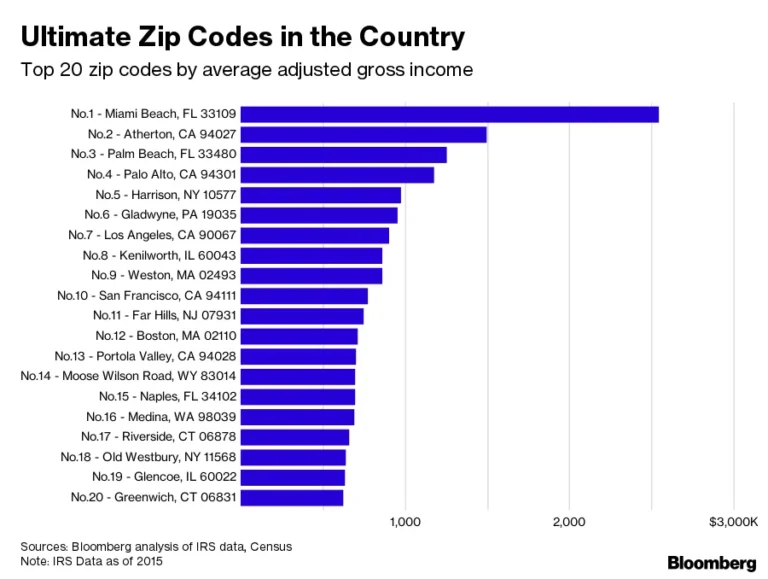On a warm summer evening in Atlanta, Sarah and her friends sat at a table on the patio of Rumi’s Kitchen, eagerly awaiting their meal. The ambiance was alive with the sounds of conversation and the tantalizing aroma of spices wafting from the Kitchen. Sarah had always been curious about Persian food but had never tasted it before. That evening, with the first bite of saffron-infused rice, tender lamb kabob, and sweet, aromatic pomegranate sauce, she was transported to another world rich with history, culture, and flavor. It was more than just a meal; it was an experience. The warmth of the hospitality, the depth of the spices, and the balance of textures made Sarah feel like she had embarked on a culinary journey that stretched far beyond the borders of Georgia.
Sarah’s experience at Rumi’s Kitchen is similar to that of many diners who come seeking food and a window into Persian culture. Over the past decade, Rumi’s Kitchen has become one of the leading Persian restaurants in the United States. It is celebrated for its commitment to authentic flavors, high-quality ingredients, and blending tradition with contemporary dining. In this article, we’ll explore the story behind Rumi’s Kitchen, its impact on modern Persian cuisine in the U.S., and the factors contributing to its growing popularity. We’ll also examine how the restaurant’s blend of tradition and innovation reflects broader trends in the culinary world.
- The Story Behind Rumi’s Kitchen
a. A Tribute to Persian Heritage
Founded in 2006 by Ali Meshgali in Atlanta, Rumi’s Kitchen was named after the 13th-century Persian poet Rumi, whose work emphasizes love, connection, and spirituality—values reflected in Persian culture and cuisine. Meshgali’s vision was to create a space where Persian culinary traditions could be celebrated and shared with a broader audience while providing an inviting atmosphere for modern diners.
The restaurant’s mission is simple but powerful: to provide a warm and welcoming environment where people from all walks of life can enjoy authentic Persian flavors prepared with the finest ingredients and care. This commitment to quality and hospitality has earned Rumi’s Kitchen a loyal following, with diners praising the food and the experience of dining there.
b. Expanding the Brand
The success of the flagship location in Sandy Springs, Georgia, soon led to the opening of additional locations, including one in the bustling Atlanta neighborhood of Buckhead and another in Washington, D.C. Rumi’s Kitchen has brought the rich flavors of Persian cuisine in each new city, building a bridge between cultures and introducing Persian culinary traditions to new audiences.
The expansion of Rumi’s Kitchen reflects the growing demand for global cuisine in the United States. According to a report by Statista, the market for ethnic foods in the U.S. reached $12.5 billion in 2021, with Middle Eastern cuisine being one of the fastest-growing segments. As more Americans become adventurous eaters, restaurants like Rumi’s Kitchen are helping to satisfy that curiosity by offering dishes that are both authentic and accessible.
- The Essence of Persian Cuisine: Flavors, Ingredients, and Techniques
a. A Symphony of Flavors
Persian cuisine is known for its balanced flavors—sweet, sour, salty, and bitter—often achieved through fresh herbs, dried fruits, and spices like saffron, turmeric, and cinnamon. This balance is evident in many of Rumi’s Kitchen’s signature dishes, such as the Fesenjan, a pomegranate and walnut stew served with succulent chicken, and the Kabob Barg, a dish featuring marinated filet mignon grilled to perfection.
Saffron, the world’s most expensive spice, is a hallmark of Persian cooking and is prominently on Rumi’s menu. Its golden hue and distinct aroma elevate dishes like Tahchin, a layered rice cake with saffron, yogurt, and chicken. The use of saffron adds color and flavor and underscores the importance of luxury and refinement in Persian culinary traditions.
b. Fresh, High-Quality Ingredients
One of the cornerstones of Rumi’s Kitchen’s success is its dedication to using only the highest-quality ingredients. The restaurant sources fresh produce, premium cuts of meat, and authentic Persian spices to ensure that each dish reflects Persian culinary traditions.
According to Food & Wine Magazine, one of the biggest trends in modern dining is the increasing demand for ingredient transparency and quality. Diners are more informed than ever about where their food comes from and expect restaurants to use fresh, ethically sourced ingredients. Rumi’s Kitchen has tapped into this trend by offering dishes made with care and precision, appealing to both foodies and those who value authenticity.
c. Signature Techniques
Persian cooking techniques, such as slow braising, grilling over open flames, and infusing rice with delicate spices, are integral to the flavor profile of Rumi’s Kitchen. One of the most iconic elements of Persian cuisine is polo, or rice dishes, prepared using a method that creates a crispy layer of rice at the bottom of the pot, known as tahdig. At Rumi’s Kitchen, rice dishes like Basmati Polo and Saffron Rice are served with a fragrant aroma and a texture that’s soft and fluffy, with that coveted crunchy layer on the bottom.
Grilling is another crucial technique in Persian cuisine, particularly regarding kabobs. Rumi’s Kitchen offers a wide range of kabobs, including Lamb Kabob, Kobideh (ground beef kabob), and Salmon Kabob. All of them are marinated in a blend of Persian spices and cooked over an open flame to enhance the smoky flavor and tender texture.
- A Growing Appetite for Persian Cuisine in the U.S.
a. The Rise of Middle Eastern Cuisine
The growing popularity of Rumi’s Kitchen is part of a more significant trend toward Middle Eastern and Persian cuisine in the United States. According to Zagat’s 2020 Dining Trends Report, Middle Eastern food saw a 25% increase in popularity in major U.S. cities over the past five years, driven by a combination of adventurous diners and increased cultural awareness.
Rumi’s Kitchen has successfully positioned itself at the forefront of this trend by offering an authentic and approachable dining experience. Unlike some ethnic cuisines that may be unfamiliar to American palates, Persian food strikes a balance between exotic and accessible, with bold yet comforting flavors. Dishes like Ghormeh Sabzi (herb stew with lamb) or Joojeh Kabob (saffron chicken kabob) offer unique tastes while appealing to diners seeking hearty, satisfying meals.
b. Persian Cuisine and Healthy Eating
Persian cuisine also aligns with another growing trend in the culinary world: the demand for healthier, nutrient-rich foods. The emphasis on fresh herbs, lean proteins, and plant-based ingredients makes Persian food a natural fit for health-conscious consumers. Many of Rumi’s Kitchen’s dishes are inherently nutritious, featuring ingredients like lentils, chickpeas, grilled vegetables, and lean meats.
According to the National Restaurant Association’s 2023 Culinary Forecast, consumers are increasingly seeking out foods that are both flavorful and healthy. Middle Eastern cuisines—known for their reliance on legumes, vegetables, and grilled proteins—are well-positioned to meet this demand. At Rumi’s Kitchen, dishes like Adas Polo (rice with lentils, raisins, and dates) or Zereshk Polo (barberry rice) provide a delicious blend of flavor and nutrition.
- The Dining Experience at Rumi’s Kitchen
a. Hospitality and Ambiance
Part of what makes Rumi’s Kitchen stand out is its focus on hospitality, a cornerstone of Persian culture. In Iran, guests are treated with the utmost respect and generosity, and this tradition is carried over into the dining experience at Rumi’s Kitchen. From the moment diners walk through the door, they are greeted with warmth and attentiveness. This level of service is integral to creating a dining experience that feels special and inviting.
The ambiance at Rumi’s Kitchen is another critical component of its appeal. The restaurant blends modern design with touches of Persian heritage, such as ornate tilework, intricate carpets, and soft lighting. This combination of old and new creates an elegant and comfortable space, making it the perfect setting for everything from family gatherings to intimate dinners.
b. Cultural Connection
For many diners, Rumi’s Kitchen offers more than just a meal—it’s an opportunity to connect with Persian culture. Persian poetry, art, and music are often incorporated into the dining experience, providing a deeper understanding of the culture behind the cuisine. The restaurant’s name itself, inspired by the poet Rumi, reflects this connection to Persian literature and philosophy.
Conclusion: Rumi’s Kitchen as a Culinary Bridge
Rumi’s Kitchen has succeeded in bringing authentic Persian flavors to the U.S. and in creating a bridge between cultures through food. For diners like Sarah, a meal at Rumi’s Kitchen isn’t just about satisfying hunger—it’s about exploring a new world of flavor, history, and tradition. As Persian cuisine continues to rise in popularity across the U.S., Rumi’s Kitchen stands out as a leader in offering a decadent dining experience of taste and cultural significance.
Whether it’s a casual dinner with friends or a special celebration, Rumi’s Kitchen has created a space where people from all backgrounds can come together to enjoy the depth and beauty of Persian cuisine—one flavorful dish at a time.


















